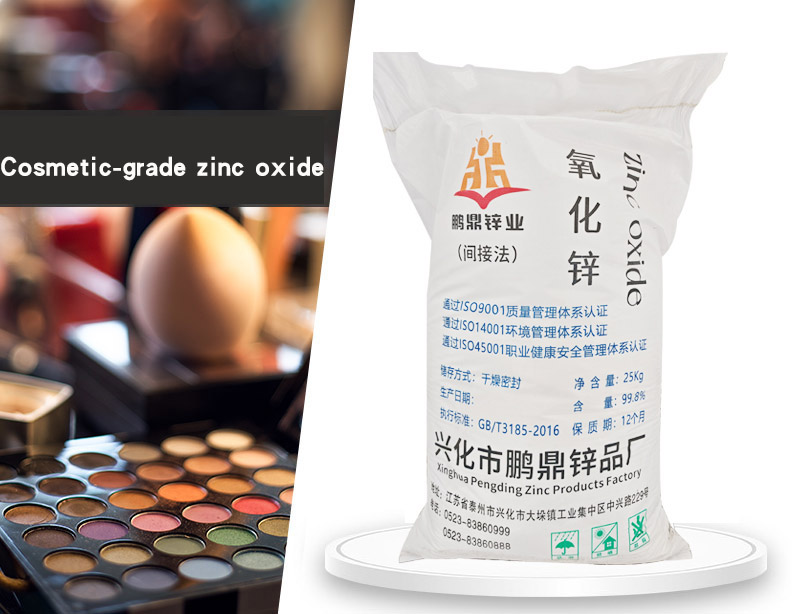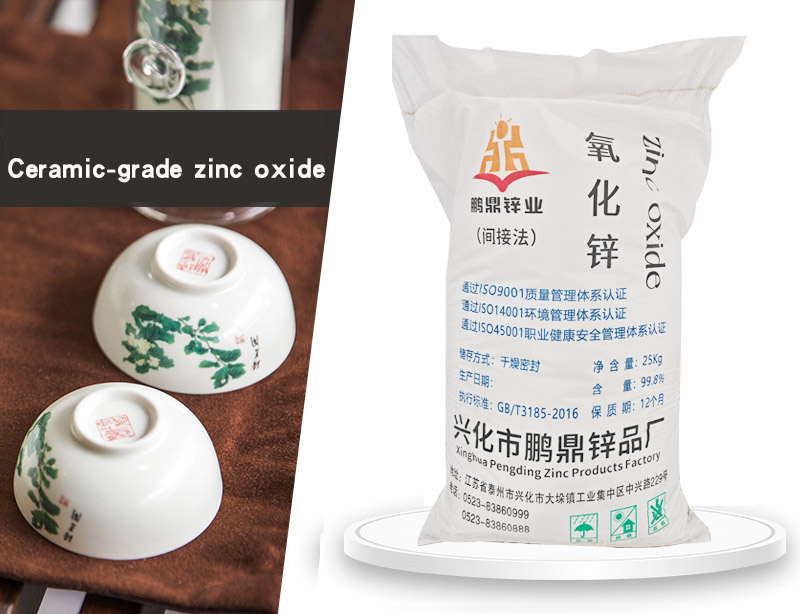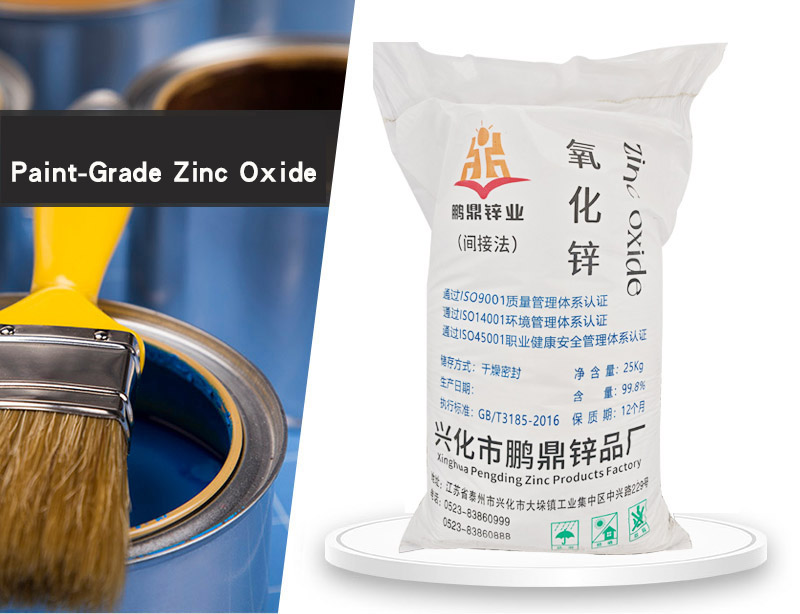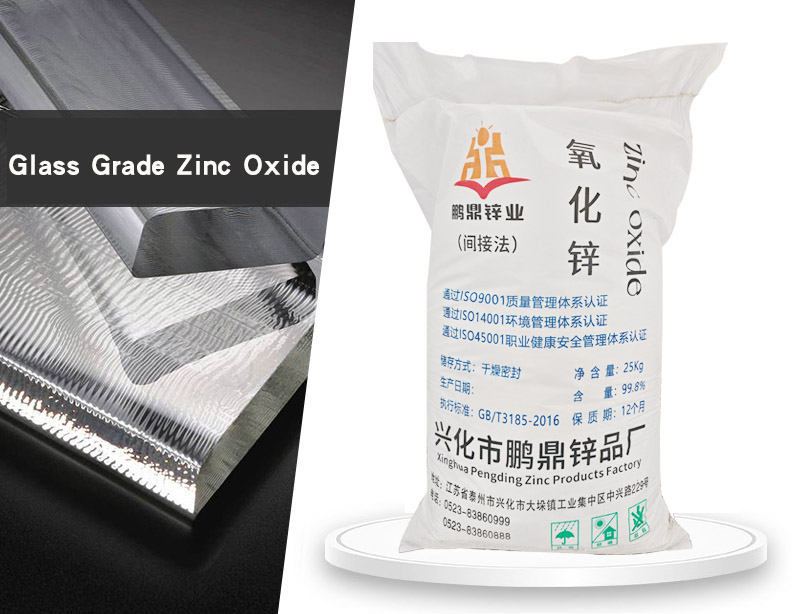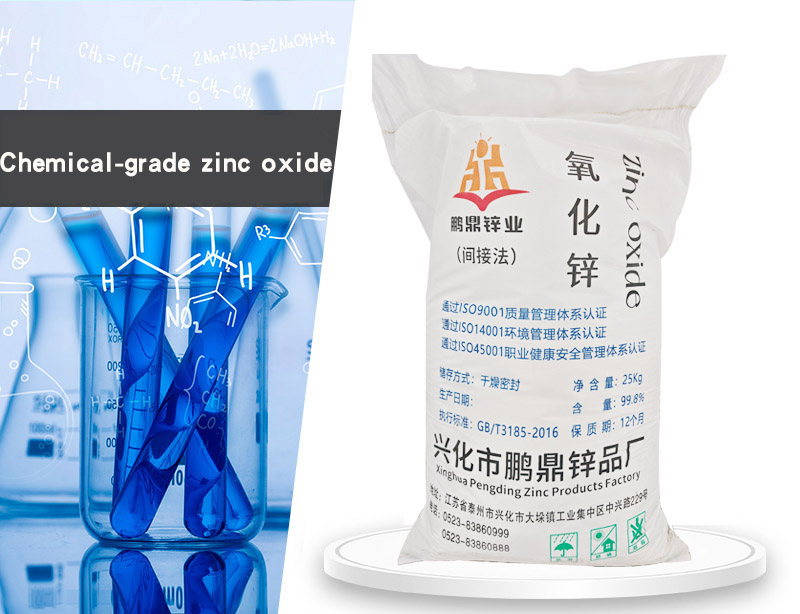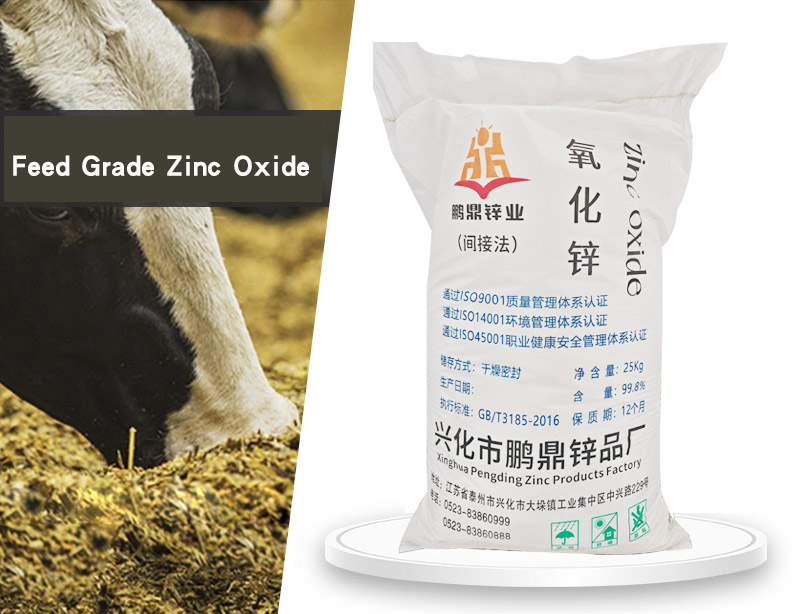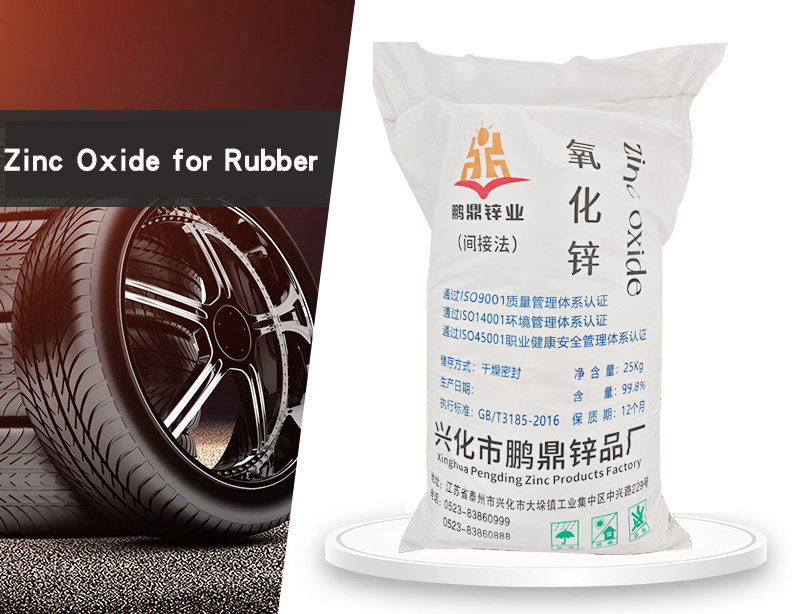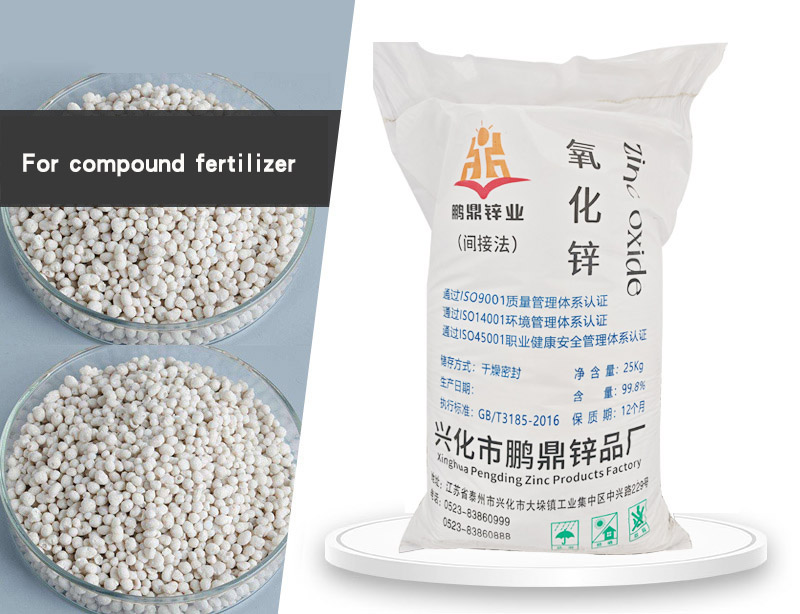NewsNEWCENTER
Featured products
Contact Us
What issues may arise during the use of zinc oxide?
2025-10-09When it comes to zinc oxide, many people are likely familiar with it. As a commonly used additive, zinc oxide is employed in daily life and utilized as an additive across various industries. It holds an indispensable position in numerous sectors. So, what issues might arise during the use of zinc oxide?
- Environmental Pollution Concerns
Typically, zinc oxide content in animal feed should not exceed 150 ppm to prevent environmental contamination. If feed exceeds this concentration, animals may absorb only a limited amount of zinc oxide. The excess zinc oxide that cannot be absorbed is then excreted through feces, leading to environmental pollution. - Microbial Imbalances
While zinc oxide is widely added to animal diets to combat bacterial growth and support gut health, excessive levels can backfire. High concentrations may increase intestinal microorganisms, ultimately weakening the gut’s natural defenses.
Zinc oxide has a broad range of applications, but it is crucial to carefully monitor its dosage during supplementation. Excessive use may lead to adverse effects.

